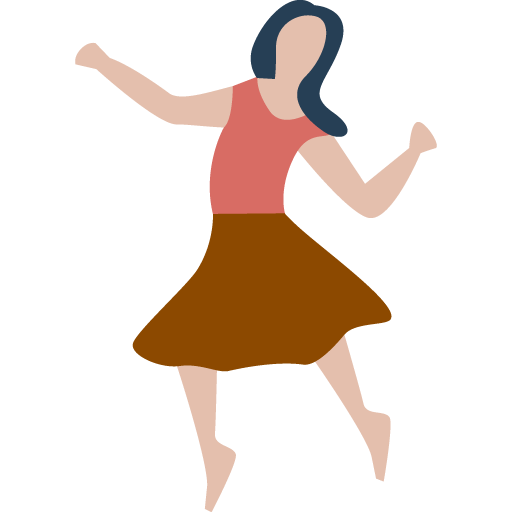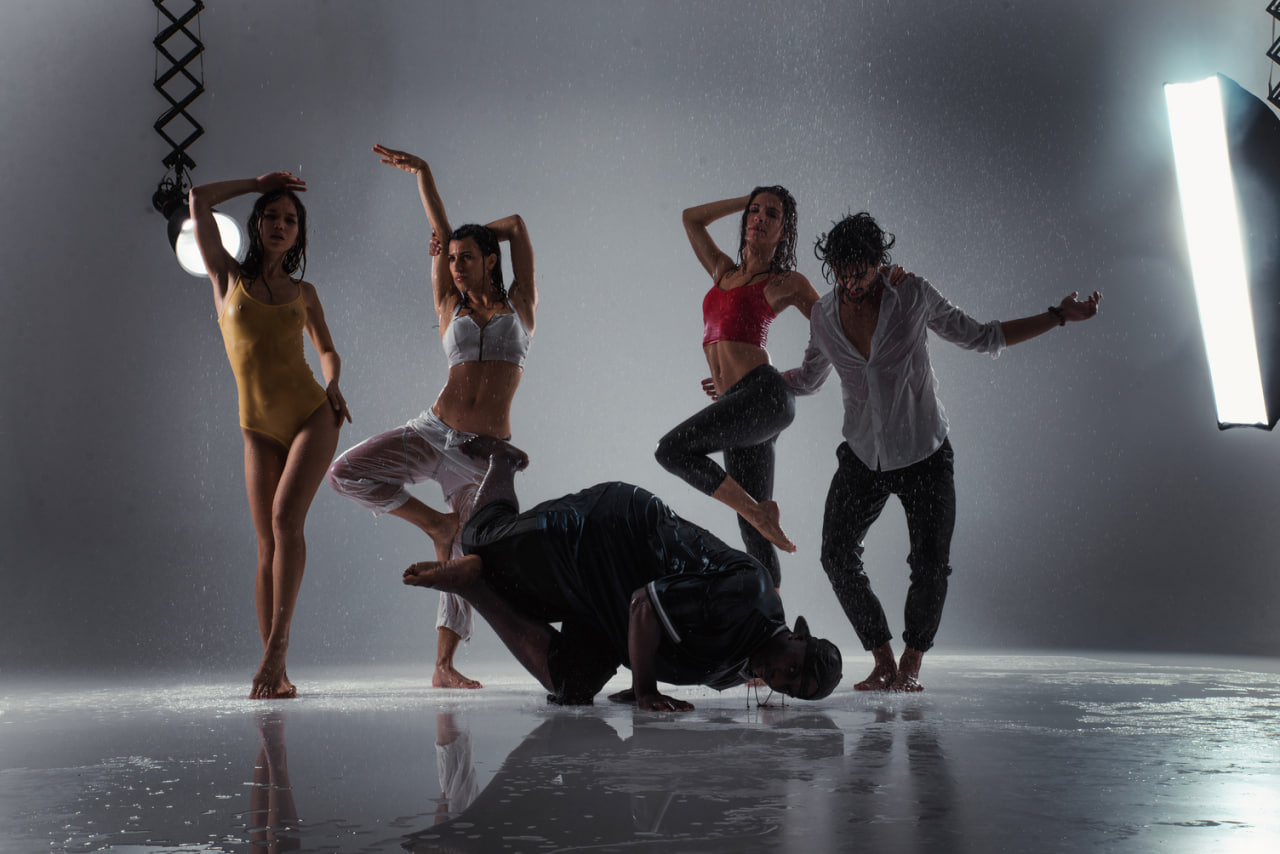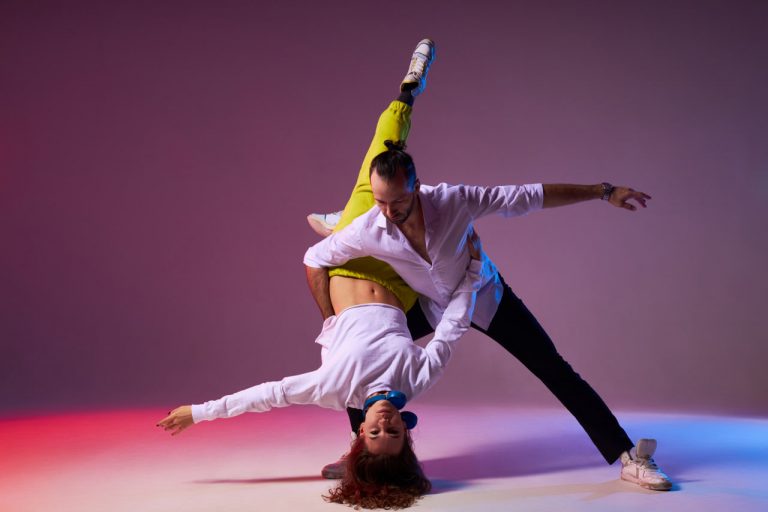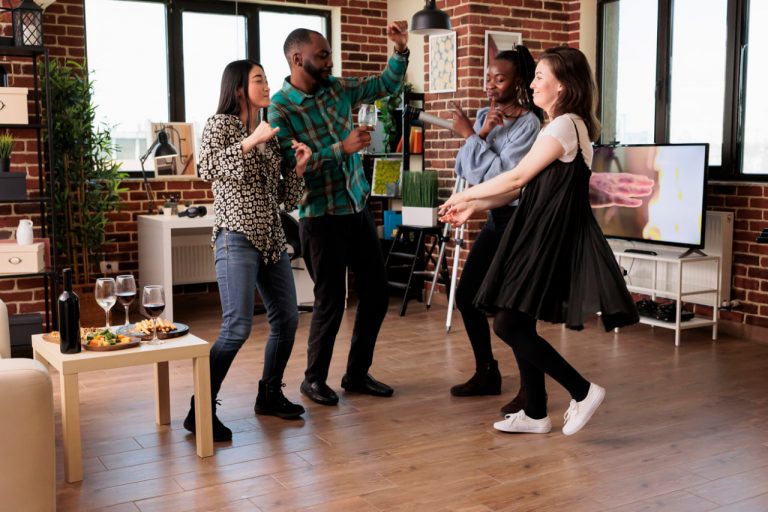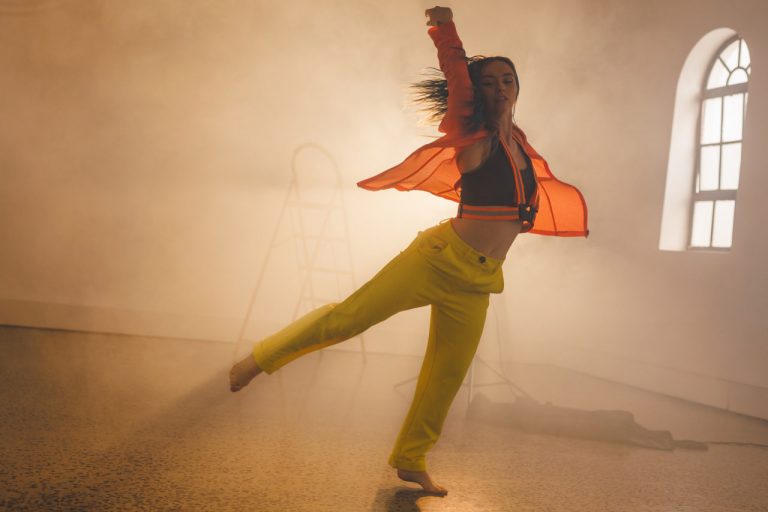Staying consistent with dance practice at home can be both empowering and challenging. Without the structure of an in-studio class or the encouragement of peers and instructors, motivation can waver. Yet, home practice plays a crucial role in improving technique, building muscle memory, and progressing as a dancer. Whether you’re a beginner just starting out or an experienced dancer looking to sharpen your skills, developing a sustainable at-home routine can make all the difference. With the right strategies, mindset, and environment, you can make dance practice a fulfilling and regular part of your life.
Set Clear and Achievable Goals
Start by defining what you want from your at-home practice. Your goals don’t have to be grand or complex—they can be as simple as learning a new move each week or improving your balance. Having a clear goal keeps your practice focused and helps track progress. Break big goals into smaller milestones to avoid feeling overwhelmed. When you meet even a small goal, it builds confidence and reinforces the habit of regular practice.
Create a Dedicated Practice Space
You don’t need a full studio at home, but it helps to have a specific area where you feel comfortable moving. Clear enough space to stretch your arms and legs freely. Use a smooth floor if possible, and add a mirror if you want to monitor your posture and form. A portable speaker, good lighting, and even a yoga mat for floor work can turn a small corner of your home into a functional and inspiring dance space. When your environment is ready, you’re more likely to show up consistently.
Build a Routine and Stick to It
Consistency thrives on routine. Choose specific days and times for practice and add them to your calendar just like a regular class. Even if it’s just 15–30 minutes a few times a week, regularity matters more than duration. You can start with a short warm-up, then focus on one skill, sequence, or choreography. Keep your sessions balanced by rotating between strength, flexibility, technique, and performance. Over time, the routine becomes part of your lifestyle, and showing up feels natural.
Use Online Classes and Resources
Online classes, dance tutorials, and virtual instructors are excellent tools to guide your practice. Platforms like YouTube, dance apps, and subscription-based programs offer routines and lessons in every style and level. Choose content that matches your goals and learning preferences. Following structured lessons gives your practice direction and keeps things fresh and engaging. You can also record yourself and compare it with instructional videos to self-correct and track growth.
Warm Up and Cool Down Every Time
Don’t skip warm-ups and cool-downs. They prepare your body and prevent injury. A proper warm-up increases blood flow, improves mobility, and gets you mentally focused. A cool-down helps reduce soreness and allows you to reflect on your session. Use dynamic stretches before dancing and slower, static stretches after. Making this a habit also reinforces discipline and professionalism in your personal practice.
Track Your Progress
Keep a dance journal or digital log where you write down what you practiced, how you felt, and what you want to focus on next time. You can also use videos to monitor progress visually. Looking back over several weeks or months, you’ll be able to see real improvement—even in areas that felt stuck before. This feedback loop motivates you to keep going and gives your practice a clear sense of development.
Stay Inspired with Music and Variety
Monotony is one of the biggest obstacles to home practice. Mix things up by exploring different styles, trying new choreographies, or simply dancing freestyle to your favorite songs. Music has a powerful impact on motivation—curate playlists that match your energy level or emotional state. Changing rhythms and genres keeps practice exciting and helps develop musicality and adaptability as a dancer.
Celebrate Small Wins
Acknowledge your progress often. Whether it’s nailing a turn, increasing your stamina, or mastering a section of choreography, every step forward is worth celebrating. Reward yourself with a favorite snack, share a progress video with friends, or take a well-earned rest day. Recognizing your achievements helps maintain a positive mindset and encourages long-term commitment.
Join an Online Dance Community
Even when practicing alone, you don’t have to feel isolated. Join virtual dance communities, social media groups, or forums where dancers share experiences, challenges, and tips. Engaging with others who are also practicing at home can offer support, accountability, and inspiration. Some groups offer weekly challenges or feedback sessions that add structure and social interaction to your routine.
Stay Patient and Kind to Yourself
Not every session will be perfect, and that’s okay. Some days your body may feel stiff, or your focus may wander. What matters most is showing up. Be patient with your progress and avoid comparing yourself to others. Dance is a personal journey, and every step you take—no matter how small—is movement in the right direction. Consistency isn’t about perfection; it’s about returning again and again with curiosity, effort, and joy.
